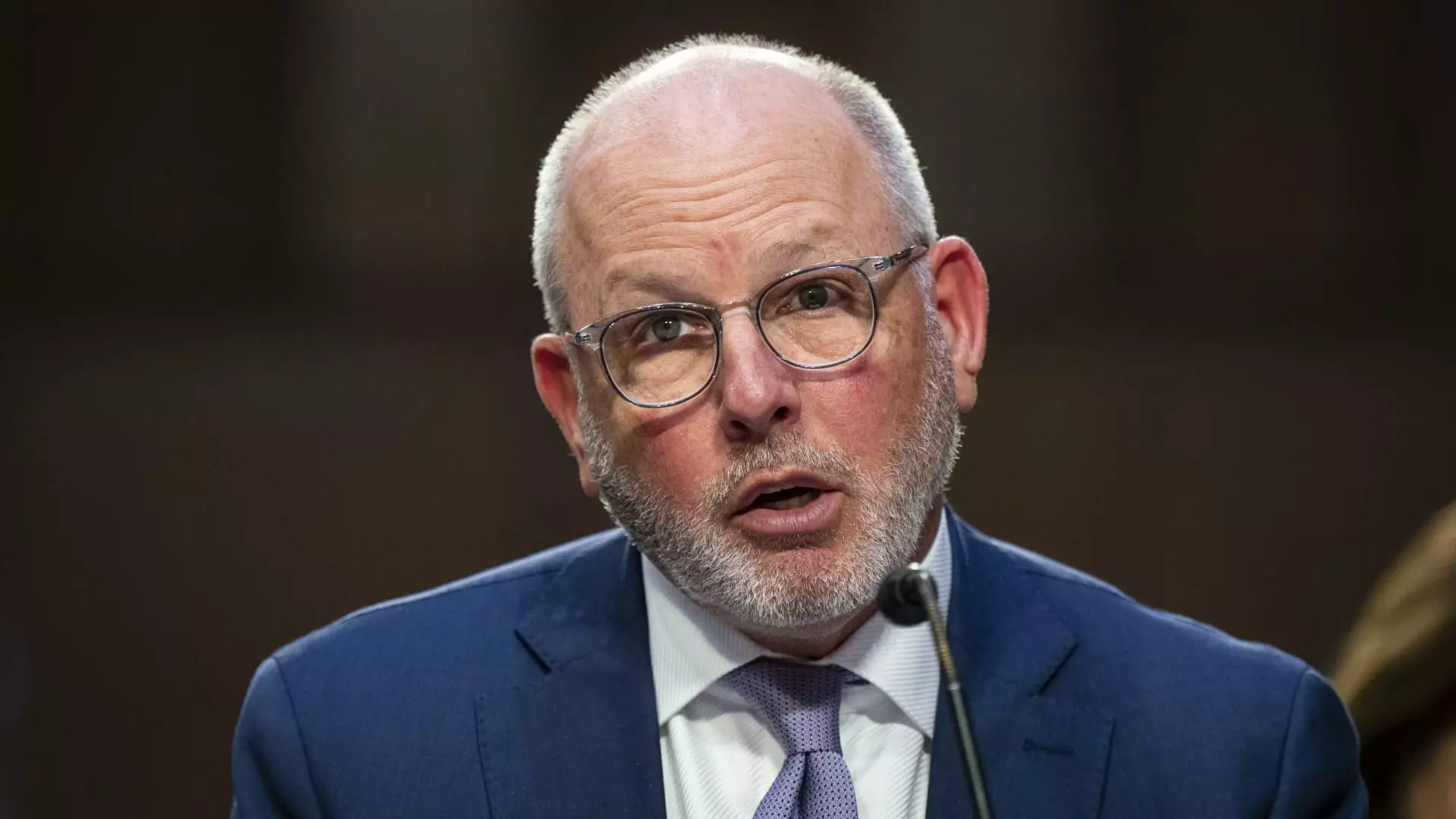The pharmaceutical landscape in the United States is increasingly complex, with various stakeholders vying for their interests while navigating the critical issue of prescription drug pricing. Recent comments by David Joyner, CEO of CVS Health, during a fourth-quarter earnings call shed light on the contentious nature of pharmacy benefit managers (PBMs) and their role in this tangled web. Joyner’s defense of CVS’s Caremark, one of the leading PBM operators, has ignited debate and raised questions about the true impact of these intermediaries on medication costs.
Pharmacy benefit managers serve a pivotal function in the American healthcare system. Acting as middlemen, they negotiate with drug manufacturers, process prescriptions, and manage formularies—the lists of medications that insurers cover. While PBMs profess to be a bridge between insurers and pharmacies, their business practices have come under growing scrutiny. Critics argue that these entities inflate drug prices by negotiating rebates and failing to pass savings onto patients, offering a distorted perspective of their purported cost-lowering contributions.
Joyner’s remarks position PBMs as essential players combating what he terms “monopolistic tendencies” from drug manufacturers. He suggests that without PBMs, patients could bear an even greater financial burden. This narrative seeks to frame PBMs as a necessary evil in the fight against escalating drug prices. However, this claim must be dissected carefully, acknowledging the complexities of their business model and how it ultimately affects patients at the cash register.
Drug Pricing Challenges: A Multifaceted Issue
The rising costs of healthcare, especially prescription drugs, constitute a multifaceted issue that cannot be pinned solely on one party. During the earnings call, Joyner highlighted various contributors, including increased service utilization, workforce shortages, and price hikes by manufacturers. While it is clear that drug prices in the U.S. are under significant pressure, attributing all the blame to drugmakers overlooks other critical factors at play.
Economists and healthcare analysts often stress that the drug pricing problem is rooted in systemic issues within the industry, including a lack of transparency and accountability across the supply chain. Rather than purely relying on PBMs as sounding boards for cost control efforts, stakeholders need to involve manufacturers, pharmacies, and even patients in dialogues to explore comprehensive solutions.
Joyner claims that PBMs generate substantial net value for the U.S. healthcare system, estimating their annual contribution at over $100 billion. However, this assertion begs the question: are these savings genuinely benefiting the patients? Numerous voices in the pharmaceutical landscape, including lawmakers and industry groups, have argued that PBMs often retain significant portions of the discounts they negotiate, ultimately causing patients to miss out on the financial relief they desperately need.
The disparities between the savings negotiated by PBMs and those experienced by consumers highlight a systemic flaw in the current model. As pointed out by the Pharmaceutical Research and Manufacturers of America (PhRMA), PBMs are facing increasing scrutiny from regulators, who are beginning to explore the balance between profit and patient welfare more seriously.
The future of pharmacy benefit managers in the American pharmaceutical landscape is uncertain, especially in light of rising public and political discontent. Joyner’s defense underscores the tensions between PBMs and drug manufacturers, but it also illuminates the need for systemic reform that enhances transparency and prioritizes patient needs.
As industry stakeholders reconsider their roles, it is essential to address the underlying issues that elevate drug prices beyond the average consumer’s reach. In doing so, both PBMs and drug manufacturers can work towards a cohesive system that better serves patients, ensuring that necessary medications are affordable and accessible to all. Ultimately, the ongoing dialogue surrounding PBMs highlights the importance of collaboration across the healthcare spectrum to create a more equitable and effective healthcare system.

